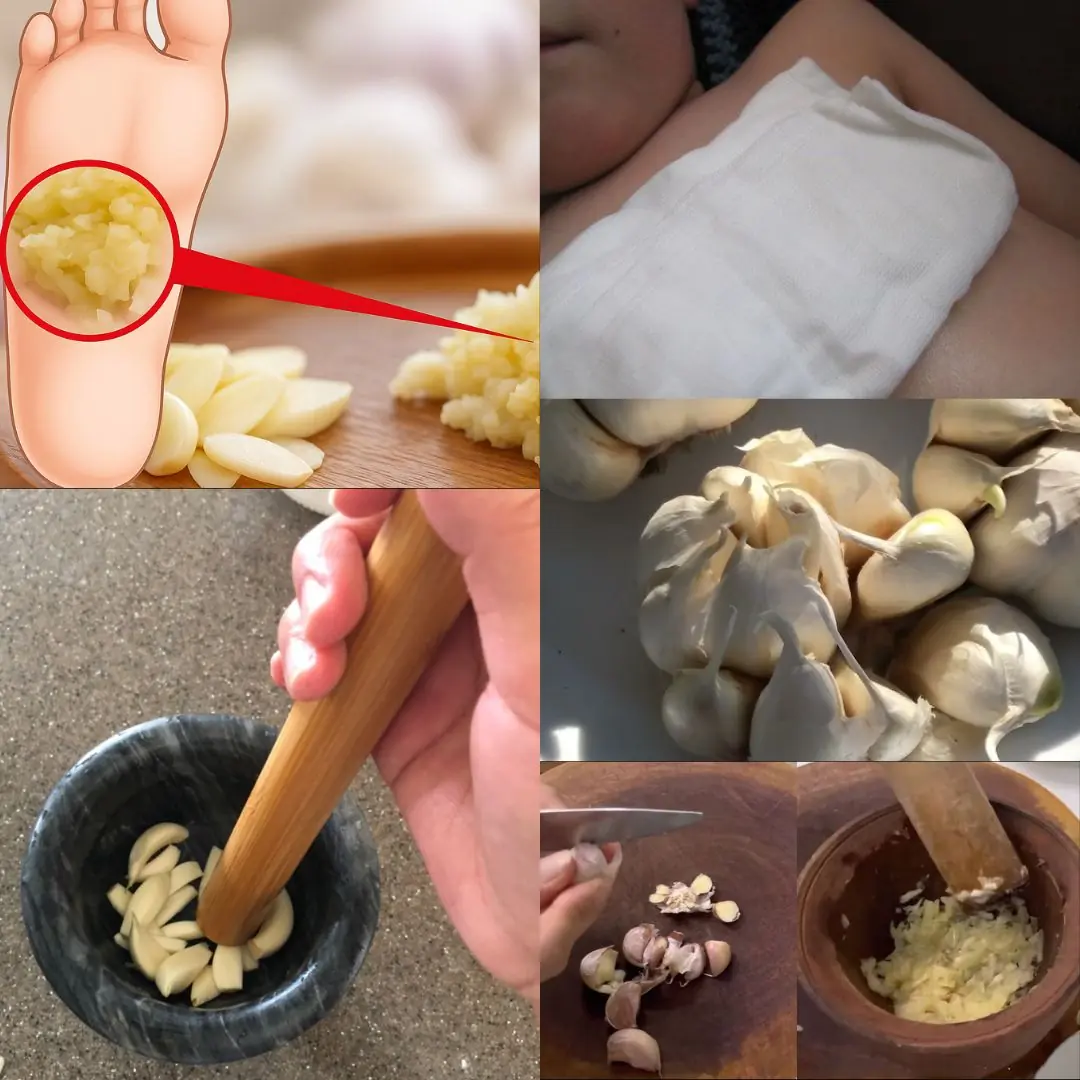
Eat these 3 foods to strengthen them…
As we get older, we often notice changes in our legs first — they feel weaker, tire faster, and sometimes cramp without warning. These changes are common but not inevitable. Understanding why they happen and what you can do about them is key to maintaining mobility and independence well into later life.
Below, we’ll explore why leg strength declines, why cramps are frequent in seniors, and which foods and habits can keep your legs strong and steady.
1) Why Legs Weaken as We Age
The gradual loss of muscle strength and function with age is called sarcopenia. It begins subtly in midlife and accelerates after age 60. Multiple factors combine to make legs feel weaker over time:
• Loss of muscle mass and fibers
Starting in your 30s, you lose about 3–5% of muscle mass per decade. This accelerates later in life, reducing power, balance, and endurance. Fewer muscle fibers mean everyday tasks — standing up, climbing stairs, or carrying groceries — require more effort.
• Reduced physical activity
Sedentary lifestyles amplify the loss. “Use it or lose it” applies strongly to muscles: when they aren’t challenged regularly, they shrink (atrophy) and coordination declines. This also slows metabolism and increases fat infiltration in muscle tissue.
• Changes in nerves and reflexes
Aging affects motor neurons — the nerves that signal muscles to contract. When these nerves deteriorate, muscles lose responsiveness, making movements feel slower or less controlled.
• Hormonal changes
Declining levels of testosterone, estrogen, and growth hormone lower the body’s ability to build or repair muscle. This hormonal drop is a key reason women experience noticeable muscle loss after menopause.
• Poor circulation
Conditions like atherosclerosis or diabetes reduce blood flow to the legs, starving muscles of oxygen and nutrients. Over time, this can cause fatigue, weakness, or even pain with walking.
• Joint pain and mobility limitations
Arthritis, hip or knee pain, and balance issues discourage movement and resistance exercise — further compounding leg weakness.
➡️ The result: slower walking speed, fatigue after minor activity, increased fall risk, and the feeling of “wobbly” or unsteady legs.
2) Why Leg Cramps Happen in Older Adults
Leg cramps — sudden, painful contractions usually in the calves or feet — are extremely common in seniors, especially at night. They can last seconds or minutes and disrupt sleep and mobility. Common causes include:
• Electrolyte imbalances
Low potassium, magnesium, or calcium make muscles hyper-excitable. These minerals are essential for proper muscle contraction and relaxation.
• Dehydration
Older adults have less total body water and a reduced thirst response, making mild dehydration common. Even slight dehydration increases cramp risk.
• Poor circulation
Peripheral artery disease or vascular issues can limit blood flow during rest or exertion, triggering cramps.
• Medication side effects
Diuretics (“water pills”), statins, beta-agonists, and some antidepressants are known to cause muscle cramps or soreness.
• Neuropathy
Nerve damage from diabetes or spinal stenosis can misfire signals to the muscles, causing spasms — often at night.
• Muscle fatigue or overuse
Weak muscles fatigue easily, and that buildup of lactic acid and ion imbalance can lead to cramping.
• Mineral absorption decline
Aging can reduce magnesium and calcium absorption due to changes in stomach acid or gut health.
➡️ In short: cramps usually have multiple triggers — hydration, electrolytes, nerve health, circulation, and muscle condition all play a role.
3) Top 3 Foods to Help Prevent Leg Cramps and Strengthen Legs
Balanced nutrition helps replenish electrolytes, improve muscle function, and support repair. Here are three standout foods — and how to include them easily in your meals.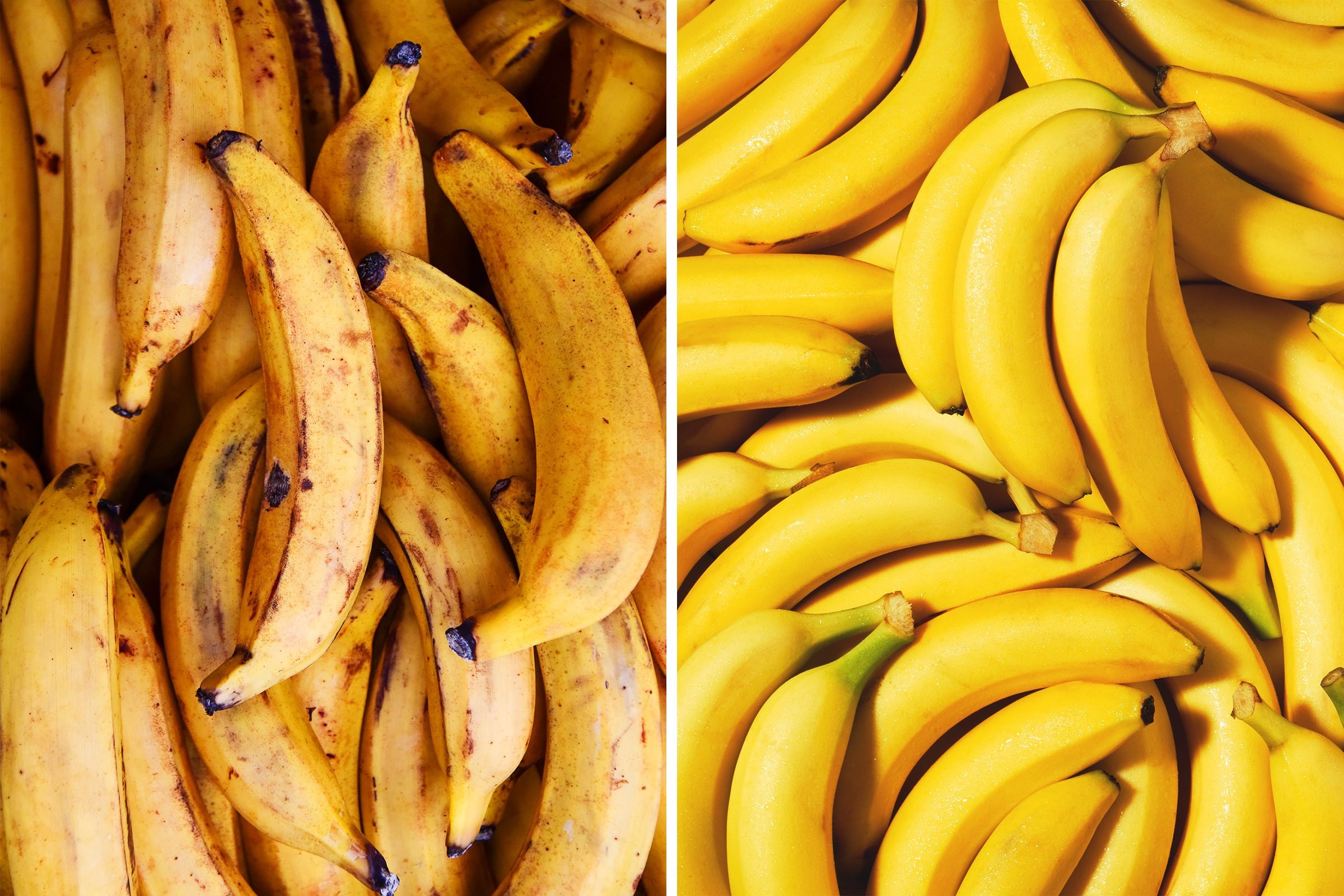
1) Bananas (and Other Potassium-Rich Fruits)
Why they help:
Potassium regulates muscle contractions by balancing sodium levels and supporting nerve signals. Low potassium is a classic cause of leg cramps.
How they help seniors:
Bananas, avocados, and citrus fruits restore potassium that may be lost through sweat or diuretic medications, keeping muscles relaxed and responsive.
Portion / frequency:
-
1 medium banana daily, or
-
½–1 avocado several times a week.
Other good potassium sources: oranges, cantaloupe, kiwi, cooked spinach, sweet potatoes, white beans, or potatoes with the skin on.
Practical tip:
If you take ACE inhibitors or potassium-sparing diuretics, talk to your doctor before increasing potassium intake to avoid high potassium levels (hyperkalemia).
2) Leafy Greens and Nuts for Magnesium & Calcium (e.g., Spinach + Almonds)
Why they help:
Magnesium is vital for muscle relaxation and nerve function, while calcium supports both muscle contraction and bone health. Together, they keep muscles flexible and responsive.
How they help seniors:
Older adults often have low magnesium due to medication use or poor absorption. Getting enough helps reduce muscle excitability and prevents cramps.
Portion / frequency:
-
Cooked spinach or Swiss chard: 1 cup, 3–4 times per week.
-
Almonds or pumpkin seeds: 1 small handful (20–30 g) daily.
-
Fortified milk (dairy or plant-based): 1 cup/day for calcium and vitamin D.
Practical tip:
If you need a magnesium supplement, start with small doses (200 mg/day) to avoid diarrhea. Always check with a healthcare provider before starting supplements.
3) Fatty Fish and Lean Protein (Salmon, Mackerel, Chicken, Lentils)
Why they help:
Protein is the foundation of muscle tissue. Fatty fish also supply omega-3 fatty acids, which reduce inflammation, enhance circulation, and may improve muscle repair.
How they help seniors:
Adequate protein helps prevent sarcopenia, while omega-3s may boost the muscle’s anabolic response to exercise.
Portion / frequency:
-
Fatty fish: 2–3 servings per week (3–4 oz / ~85–115 g each).
-
Other lean proteins (chicken, turkey, beans, tofu): 1–2 servings daily.
Practical tip:
Pair protein meals with light resistance exercise (like chair squats or calf raises) afterward — this helps your body build and retain more muscle.
4) Additional Helpful Foods and Drinks
-
Hydration: Drink water steadily throughout the day. Soups, watermelon, and herbal teas count toward fluid intake.
-
Dairy or fortified alternatives: For extra calcium and vitamin D to maintain bone and muscle function.
-
Smoothie idea: Blend banana, spinach, yogurt, and milk (or fortified plant milk) for a potassium-calcium-magnesium boost.
-
Legumes and whole grains: Add fiber, magnesium, and slow-digesting carbs for sustained energy.
5) Lifestyle Habits That Strengthen Legs and Reduce Cramps
Nutrition is powerful — but combining it with regular movement and self-care is what truly restores leg strength.
-
Do resistance training 2–3 times per week: bodyweight squats, seated leg extensions, or calf raises help rebuild muscle mass.
-
Walk daily or do low-impact cardio (like swimming or cycling) to boost circulation and stamina.
-
Stretch before bed: Gentle calf and hamstring stretches reduce nighttime cramps.
-
Wear supportive footwear and use mobility aids if balance or circulation is poor.
-
Review medications with your doctor to identify drugs that can cause cramps.
-
Manage chronic conditions like diabetes or vascular disease — both directly affect circulation and nerve function.
6) When to See a Doctor
Consult a healthcare provider if you experience:
-
New, frequent, or severe cramps despite lifestyle adjustments.
-
Pain while walking that eases with rest (possible circulation issue).
-
Visible swelling, color changes, or persistent muscle weakness.
-
Numbness, tingling, or burning sensations in the legs or feet.
-
You take multiple medications or have kidney disease — you may need blood tests for electrolytes, magnesium, calcium, and vitamin D.
7) Sample Daily Plan for Stronger Legs
Breakfast: Oatmeal with banana slices, almonds, and a cup of fortified milk.
Lunch: Grilled salmon salad with spinach and roasted sweet potatoes.
Snack: Yogurt with kiwi or orange slices.
Dinner: Lentil stew with vegetables and grilled chicken or tofu.
Hydration: Sip water throughout the day; limit alcohol and caffeine if dehydrating.
8) Final Notes and Safety Tips
-
Balance is key. Too much potassium or magnesium can be harmful if you have kidney issues or take certain medications.
-
Prioritize food first. Supplements should only fill proven gaps or deficiencies.
-
Consistency matters. The combination of a nutrient-rich diet, hydration, and regular movement offers the best long-term protection against cramps and leg weakness.
Bottom line:
Aging doesn’t have to mean frailty. By nourishing your muscles, staying active, and paying attention to hydration and circulation, you can keep your legs strong, steady, and cramp-free for years to come.
News in the same category

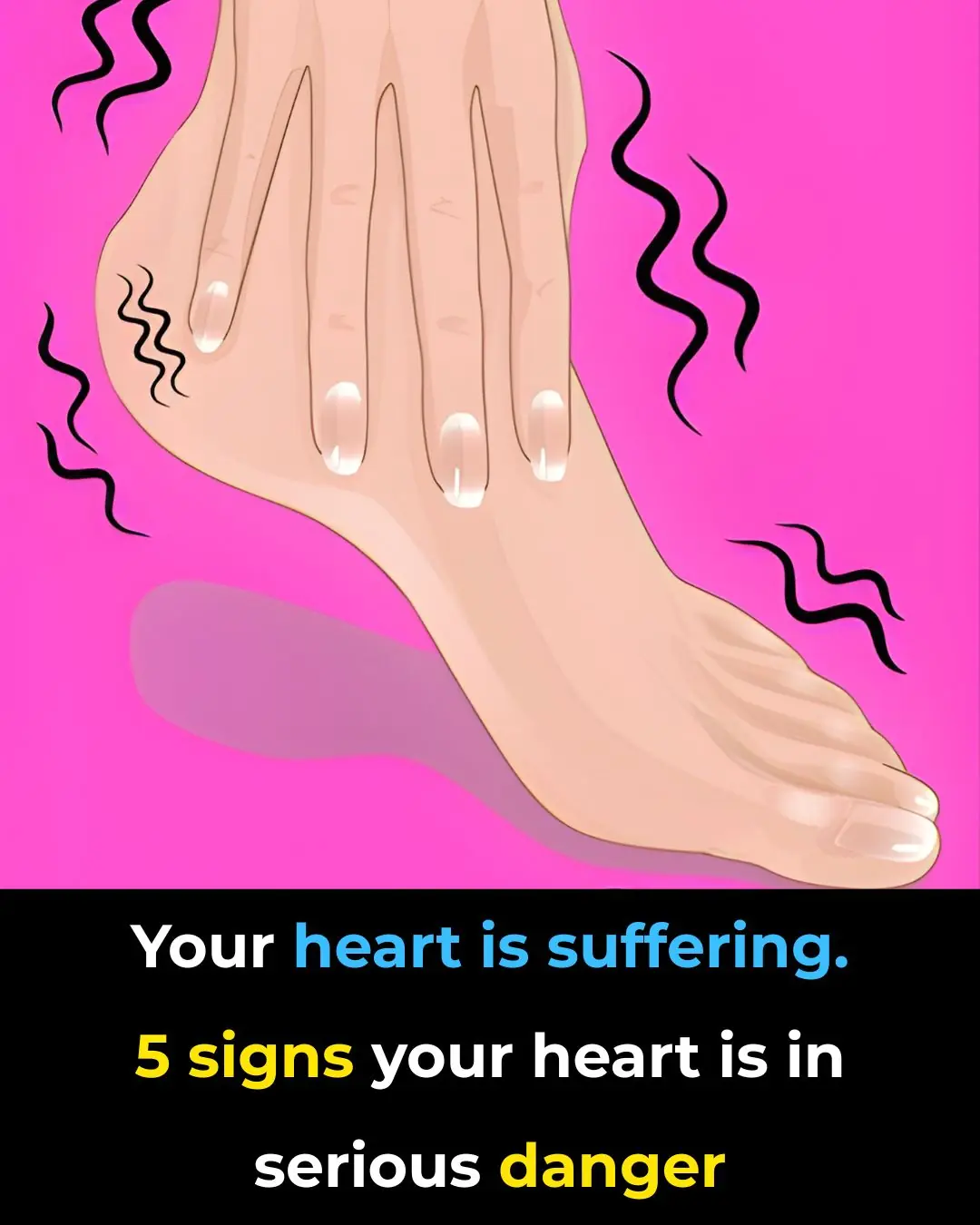
❤️ 5 Subtle Signs That May Suggest Heart Trouble – And When to See a Doctor

Neckline Wrinkles 5 Tips to Prevent and Eliminate Them

The Reason Some People Keep Lemons on Their Nightstand While Sleeping

Ginger and Salt Teeth Whitening Remedy

The Pain Most People Brush Off That Signals Serious Trouble
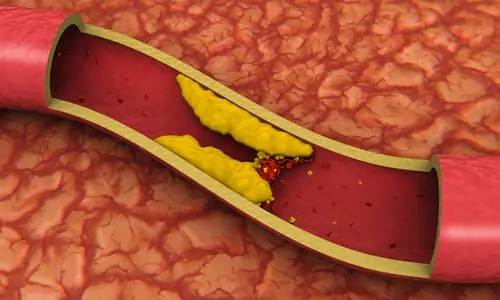
Warning Signs Your Arteries Need Cleansing and The Foods That Do It Best
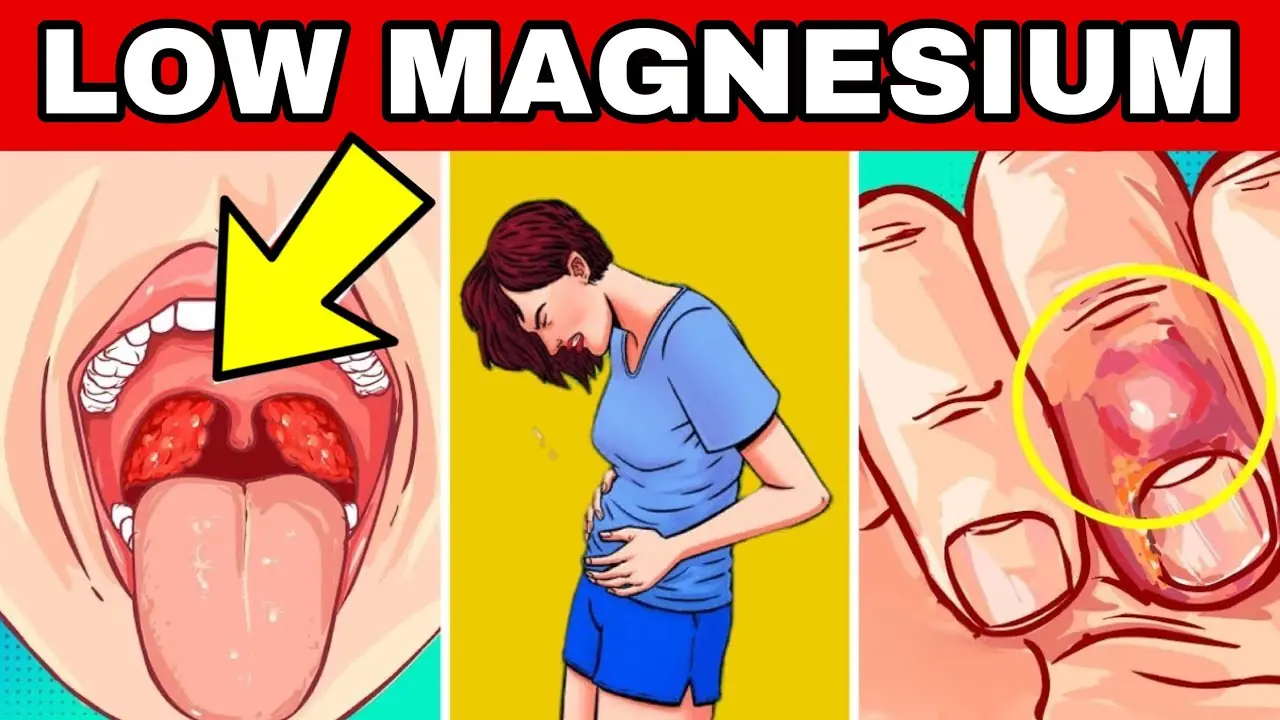
10 Warning Signs of Low Magnesium Levels and What to Do About It

The 5 fruits secretly damaging your brain after 50

The #1 silent sign your kidneys are in trouble (and it’s not your urine)

Why Some People’s Skin Turns Red When Drinking Alcohol

🩺 The #1 Silent Sign Your Kidneys Are in Trouble (And It’s Not Your Urine)

The 5 Fruits Silently Damaging Your Brain After 50 — And What to Eat Instead

Capsaicin: The Fiery Compound That Stops Heart Attacks and Destroys Cancer Cells

Flush Away the Hidden Toxins Damaging Your Kidneys — With These 13 Powerful Cleansing Foods
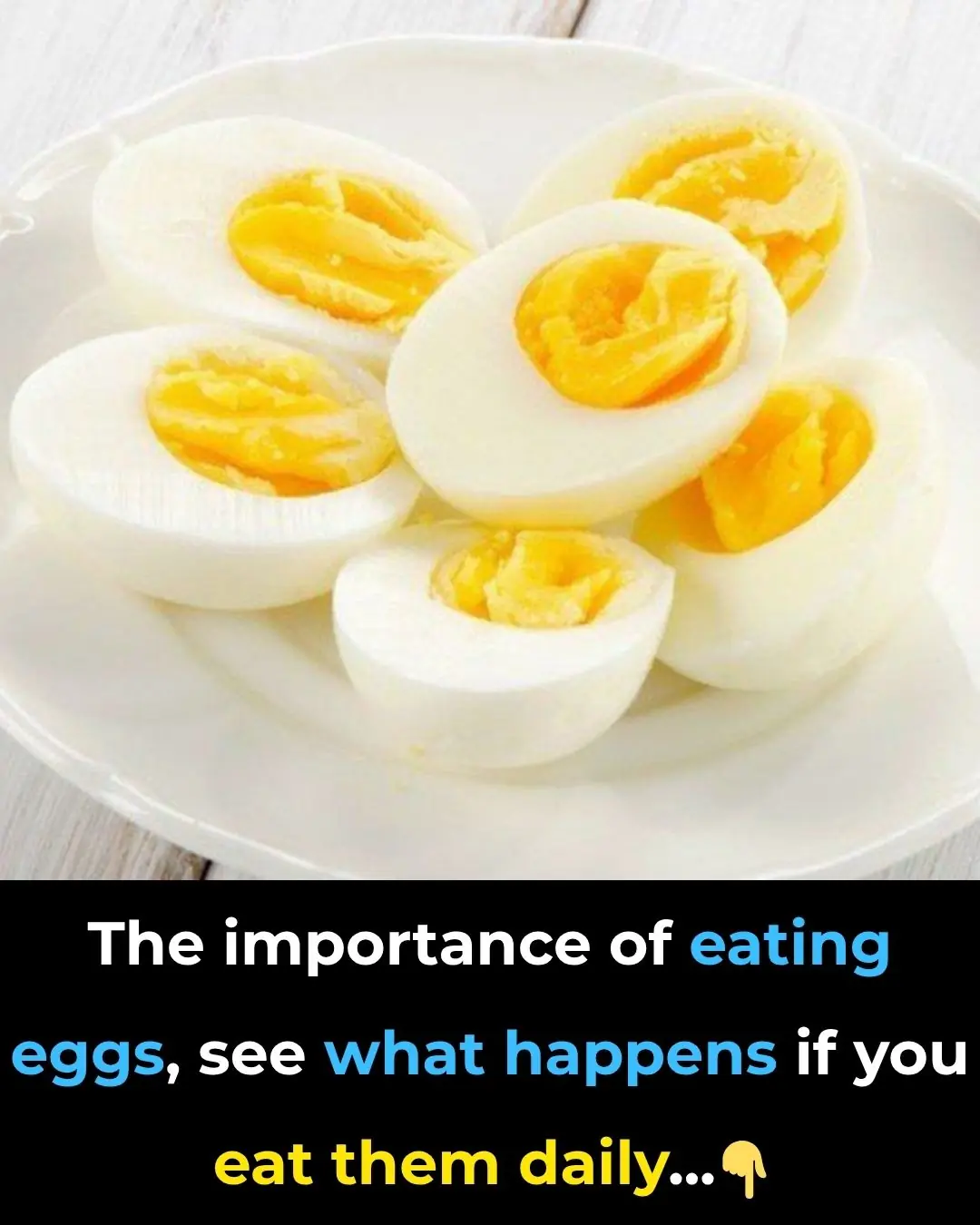
The surprising truth about eating eggs every day

Why You Should Stop Waking Up to Urinate

4 types of vegetables are full of parasites but many people still eat them raw every day

Hidden Dangers in Your Mouth: Early Signs of Oral Cancer
News Post

Push-Ups and Kindness: How One Deputy Reached a Boy’s Heart.

The Power of Urtica dioica: Natural Relief for Joint Pain, Arthritis, and Inflammation

The Woman at the Post Office: A Lesson in Beauty and Humanity.

James Spann: A Birthday, An Anniversary, and a Lifetime of Love

“For Alan” — A Family’s Fight Against Hemimelia

A Simple Breakfast, a Powerful Reminder: Strangers Bridge the Divide with Kindness
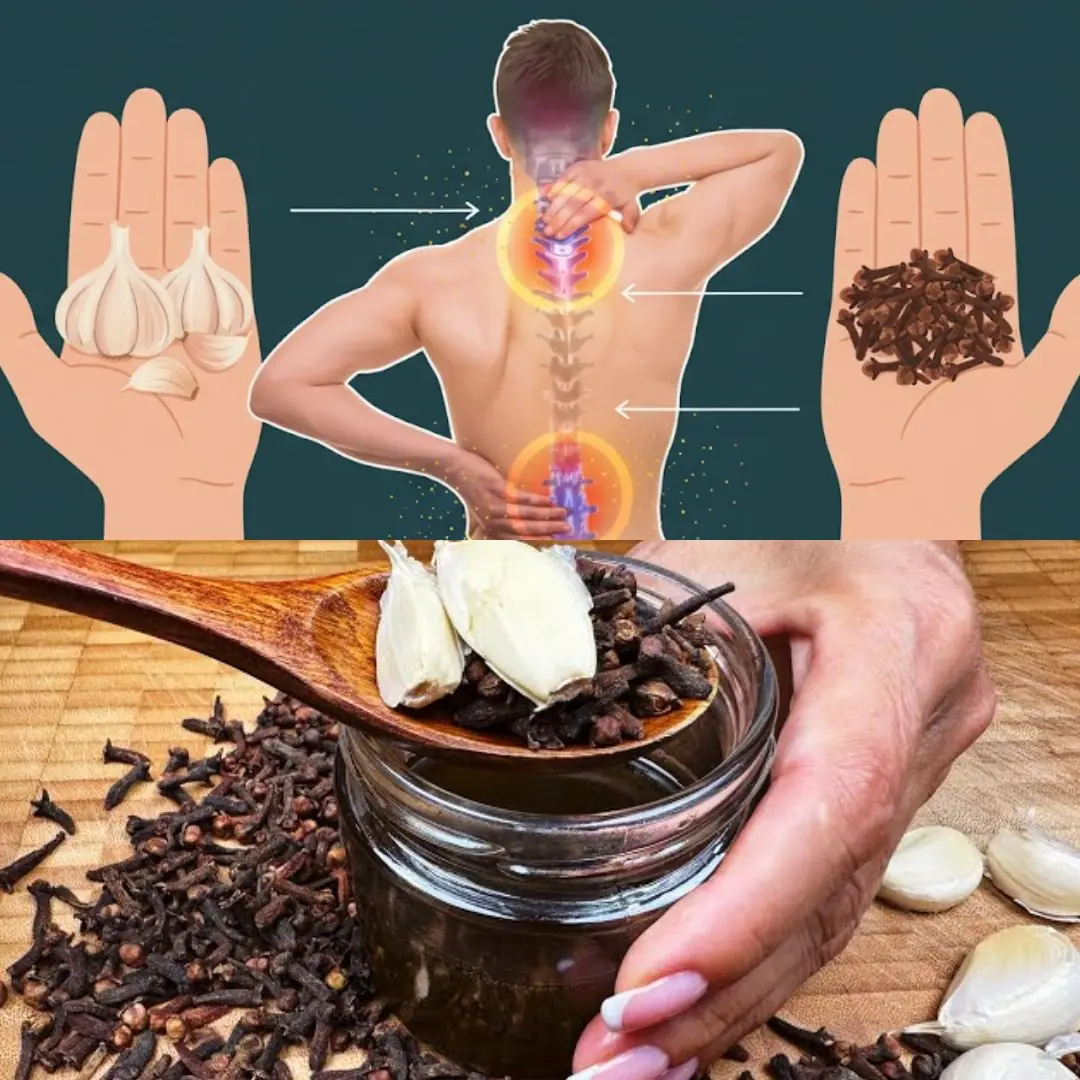
Garlic, Honey, and Cloves – a powerful natural remedy packed with health benefits
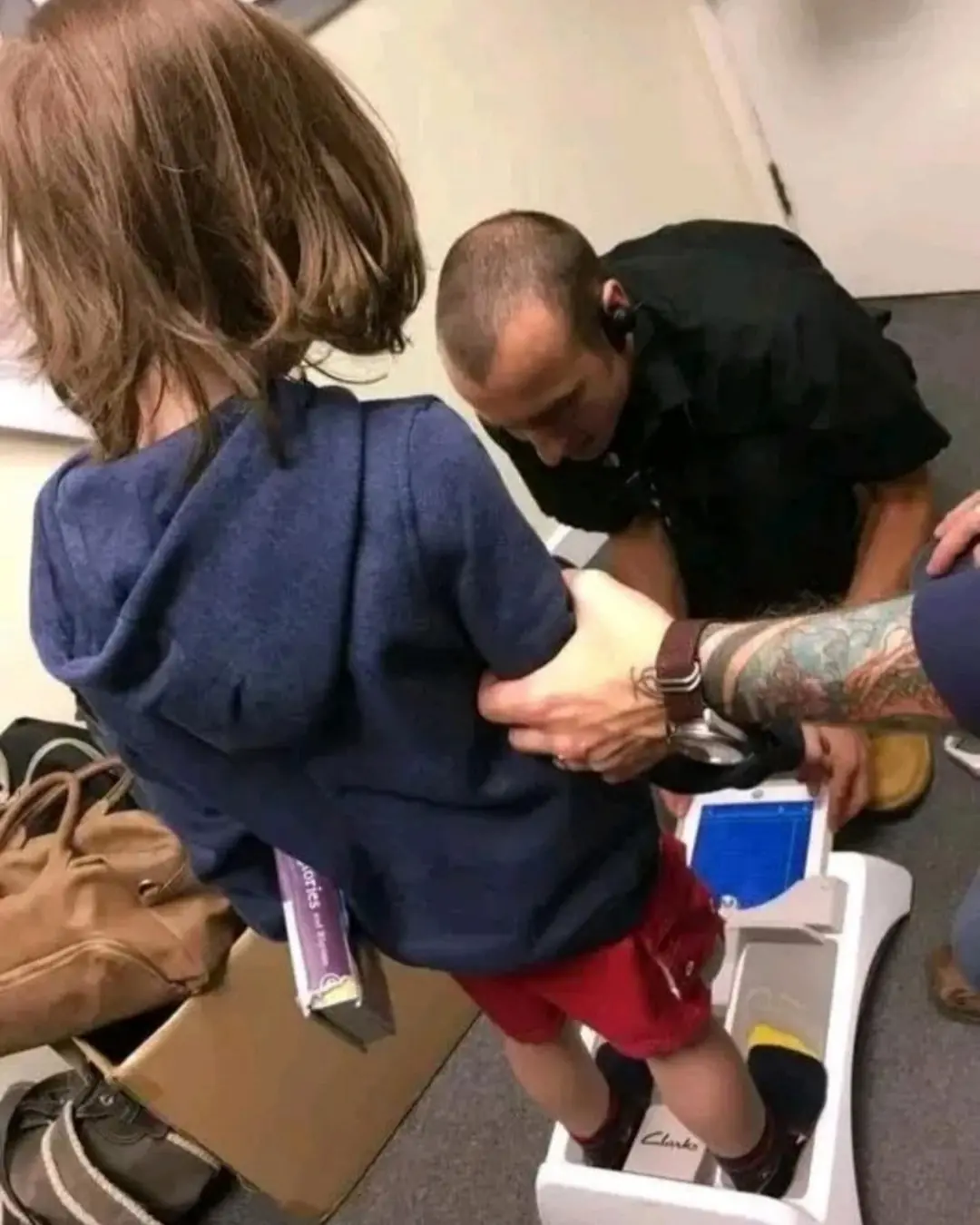
A Quiet Room, a Kind Heart, and a Pair of Shoes

From Fear to Home: A Shelter Dog’s Journey to Love

A Chance Encounter in California Reunites Hero and the Boy He Saved 13 Years Ago

The Best Tea for Mornings and After Dinner: A Powerful Blend for Health

The Goldfish Alligator: A Florida Kid's Wild Attempt at Luring a Reptile

Benefits and Uses of Papaya Flowers Soaked in Honey

The Wiener Dog and the Bear: A Friendship Lost and Found in the Mountains

Papaya releases a milky sap, but most people don’t realize how important it is

Bay Leaf – Nature’s Secret Against Wrinkles and Fine Lines

The Hidden Power of Garlic Bulbils: Nature’s Tiny Healing Pearls
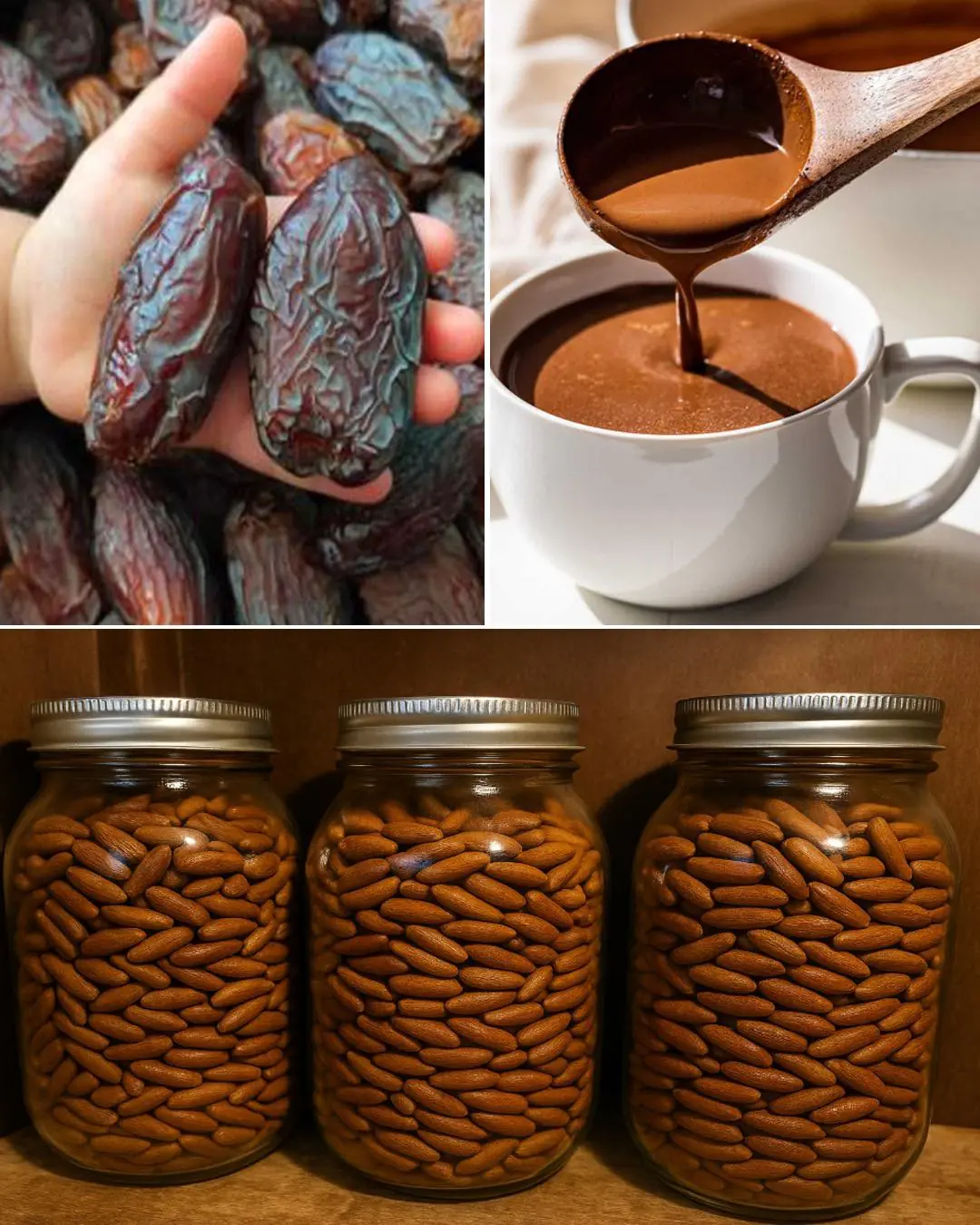
Date Seeds Benefits: The Superfood Ingredient with incredible health benefits

Unlock The Incredible Health Benefits of Garlic, Ginger and Lemon for Men
